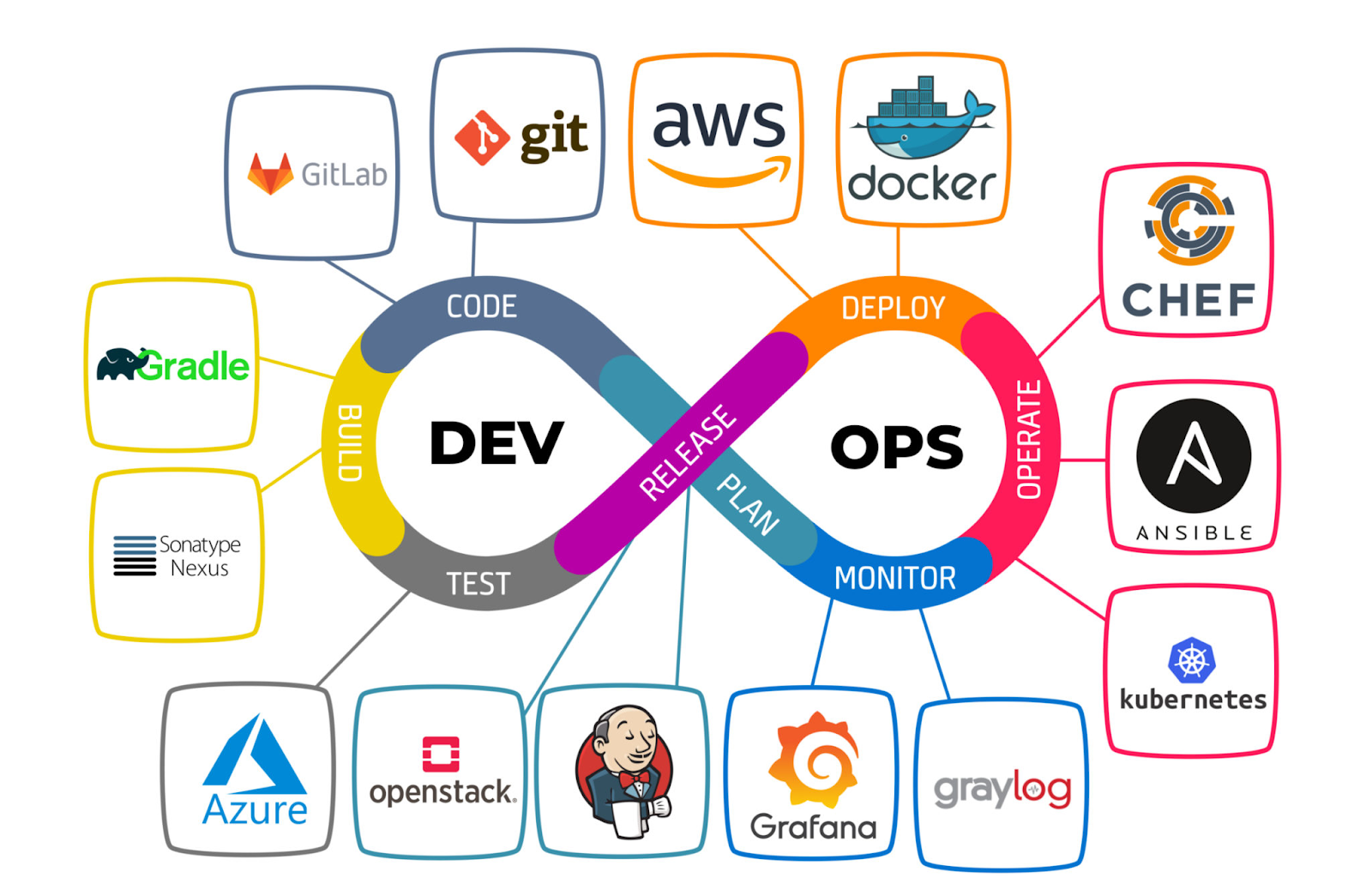AWS Beanstalk - Part 1
Amazon Elastic Beanstalk
is an easy-to-use service for deploying and scaling web applications and
services developed with Java, .NET, PHP, Node.js, Python, Ruby, Go, and Docker
on familiar servers such as Apache, Nginx, Passenger, and IIS.
You simply upload your
code and Elastic Beanstalk automatically handles the deployment, from capacity
provisioning, load balancing, and automatic scaling to web application health
monitoring, with ongoing fully managed patch and security updates.
Elastic Beanstalk
automatically collects more than 40 key metrics and attributes to determine the
health of your web application in one unified interface.
Components of Beanstalk:
1) Application.
2) Environment.
3) Change history.
Let’s start with creating an application.
Creating an application is setting up the infra.
While creating an application, we can upload
the code, or we can upload it later.
Think of the application environment as PROD, DEV, or TEST.
Platform refers to the application code base and the compute to execute it.
I am selecting "Sample Application" which I will be uploading and selecting "Single Instance" - Free Tier.
Configure the IAM role. If you would like to log in to the EC2 instance then attach the Key Pair and Instance profile for any actions to be performed from the EC2 instance.
Select the VPC and Subnet.
Select the instance configuration, ASG, Monitoring, and platform updates like patching.
Finally, sselect updates and deployment type. I am seleing "All at once".
I am using nginx as a proxy for the PHP web application which I am going to deploy.
We are done with creating an environment.
The application will create all the core components for deploying applications like EC2, ASG, S3, and others.
Will see you in the next post on integrating AWS Beanstalk with Code Pipeline.
















Comments
Post a Comment